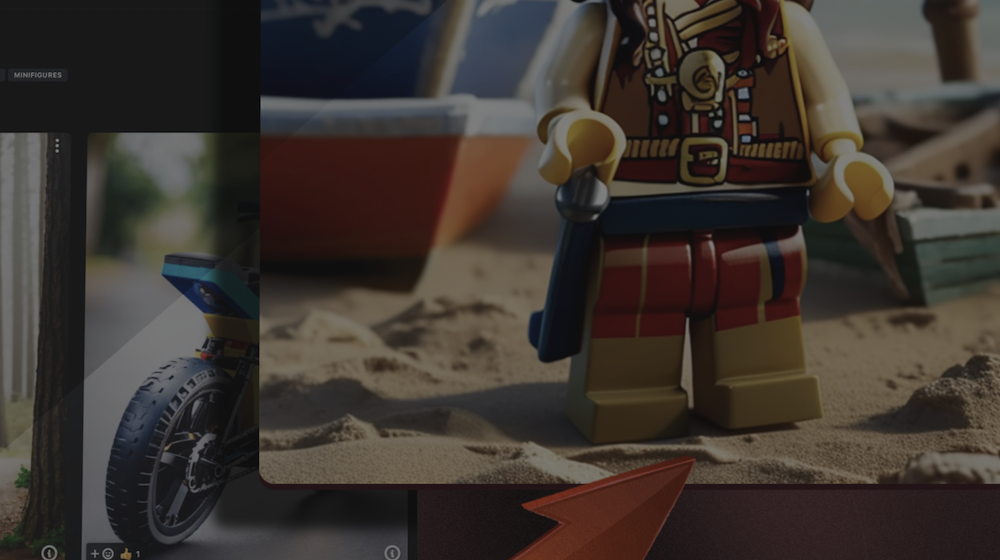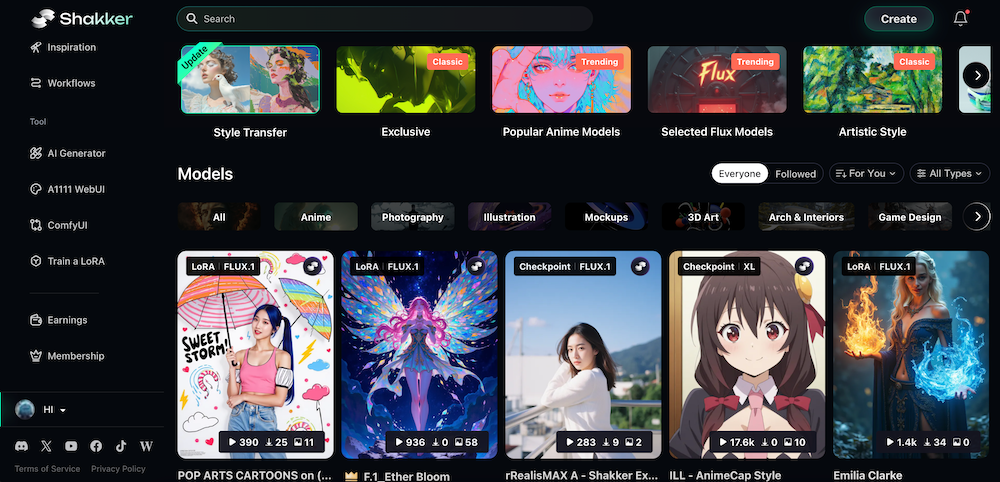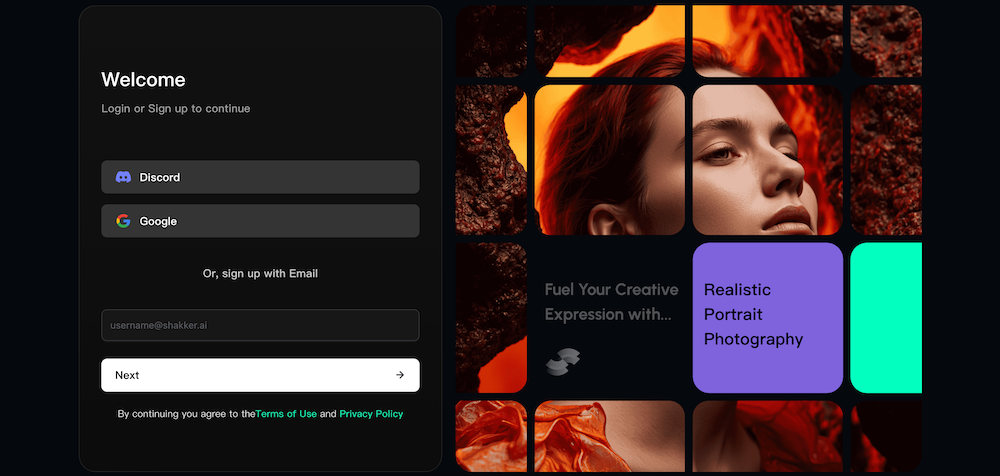¶ LoRA Stable Diffusion: Train Models Online
In the ever-evolving landscape of AI image generation, LoRA Stable Diffusion stands out as a groundbreaking method for personalizing large-scale models. By allowing users to adapt AI models efficiently, this technique delivers exceptional results with minimal computational demands. Whether you're an artist, a designer, or an AI enthusiast, fine-tuning Stable Diffusion models has never been easier.

With tools like Shakker AI, you can train LoRA Stable Diffusion models online for free, making customization accessible to everyone. Let’s explore the ins and outs of this innovative approach and how it can elevate your AI-powered creations.
What is a LoRA Stable Diffusion?
How to Use LoRA Stable Diffusion
How to Train a LoRA Stable Diffusion
The Best Online LoRA Stable Diffusion Tool in 2025: Shakker AI
Bonus Tips for Effective LoRA Stable Diffusion Training
¶ What is a LoRA Stable Diffusion?
So, what is a LoRA Stable Diffusion? LoRA, or Low-Rank Adaptation, is an advanced method used to fine-tune large AI models like Stable Diffusion. Instead of modifying all the parameters of a model, LoRA adds low-rank adaptation matrices to specific layers. This preserves the integrity of the base model while making it adaptable to specific tasks. For users exploring different AI image generation options, tools like nano banana free and its upgraded version NanoBanana 2 offer complementary approaches to creating customized visual content.
¶ Benefits of LoRA Stable Diffusion
- Cost-Effective: Reduces the computational resources required for fine-tuning.
- Faster Training: Enables efficient customization with smaller datasets.
- Custom Outputs: Allows users to generate outputs tailored to their specific needs, such as artistic styles or niche designs.
¶ Real-World Applications
- Artistic Style Customization: Fine-tune models to generate specific art styles, from anime to impressionist painting.
- Branding: Create unique designs or images aligned with a brand's identity.
- Content Generation: Develop models that cater to specific themes, such as futuristic landscapes or realistic portraits.
By understanding what is a LoRA Stable Diffusion, you unlock the potential to create highly specialized AI-generated content efficiently and affordably.
¶ How to Use LoRA Stable Diffusion
Knowing how to use LoRA Stable Diffusion can empower anyone to fine-tune models for custom tasks. Here's a breakdown of the process:
1. Start with a Pretrained Model
Stable Diffusion provides a robust foundation for AI-generated images. LoRA fine-tuning builds on this by adding task-specific capabilities without altering the core model.
2. Prepare Your Dataset
Collect or curate a dataset aligned with your goals. For example, if you're customizing an artistic style, include reference images that match the desired output.
3. Fine-Tune the Model
LoRA fine-tuning involves defining parameters like rank size and learning rate to guide the training process. Smaller rank sizes can yield faster results, while iterative fine-tuning helps optimize performance.
4. Deploy the Model
Once fine-tuning is complete, integrate the LoRA model into workflows like Stable Diffusion WebUI or ComfyUI for image generation.
Learning how to use LoRA Stable Diffusion simplifies the path to creating unique and personalized AI-generated content.
¶ How to Train a LoRA Stable Diffusion
Training a LoRA Stable Diffusion model typically involves the following steps:
- Set Up the Environment
Install Stable Diffusion on your local machine. Ensure you have access to a compatible GPU for efficient training.
- Install LoRA Extensions
Use tools like Stable Diffusion WebUI to enable LoRA training capabilities.
- Prepare the Dataset
Organize and preprocess the dataset for fine-tuning. High-quality images lead to better results.
- Define Parameters
Configure parameters such as rank size, learning rate, and batch size for the training process.
- Train the Model
Run the training script and monitor progress. Depending on your dataset and computational resources, this process may take several hours.
- Test the Fine-Tuned Model
Evaluate the output and make adjustments if necessary.
While the traditional process can be resource-intensive, free online tools like Shakker AI significantly simplify how to train a LoRA Stable Diffusion.
¶ The Best Online LoRA Stable Diffusion Tool in 2025: Shakker AI
When it comes to online LoRA training, Shakker AI emerges as a leader. This platform democratizes AI fine-tuning, offering users a seamless and cost-effective experience. For those seeking a nano banana alternative with advanced customization capabilities, Shakker AI provides comprehensive LoRA training tools that go beyond traditional image generation methods.

Features of Shakker AI
- Free Access: Train LoRA Stable Diffusion models without incurring costs.
- User-Friendly Interface: Ideal for beginners and experts alike.
- GPU-Powered Backend: Ensures efficient and fast training.
- Pretrained Templates: Speeds up the customization process.
- Community Models: Access a wide range of LoRA models created by other users.
- Integration with SD WebUI and ComfyUI: Enables seamless deployment of fine-tuned models.
Step-by-Step Guide to Training with Shakker AI
- Sign Up on Shakker AI
Create a free account to get started.

- Select a Base Model
Choose from a variety of pretrained Stable Diffusion models.

- Upload Your Dataset
Add images or use sample data provided by Shakker AI.

- Configure Parameters
Set rank size, learning rate, and other parameters for fine-tuning.

- Start Training
Launch the training process and monitor progress in real-time.
- Download and Deploy
Once training is complete, export the model and integrate it into your workflows.
For users wondering how to train a LoRA Stable Diffusion, Shakker AI simplifies the entire process while delivering top-notch results.
¶ Bonus Tips for Effective LoRA Stable Diffusion Training
- Focus on Dataset Quality
High-resolution and diverse datasets lead to better model generalization. - Experiment with Parameters
Start with smaller rank sizes to balance performance and efficiency. - Iterative Training
Evaluate the output after each iteration and adjust parameters as needed. - Leverage Community Resources
Explore pre-existing LoRA models on platforms like Shakker AI for inspiration and faster results.
¶ Final Words
In the realm of AI image generation, LoRA Stable Diffusion represents a powerful tool for creating personalized content. Its cost-efficiency, speed, and versatility make it a favorite among artists and developers alike. Platforms like Shakker AI revolutionize the process, providing a free and user-friendly solution for training LoRA models.
Whether you're a beginner or an experienced AI enthusiast, learning how to train a LoRA Stable Diffusion has never been easier. Explore Shakker AI today and unlock the full potential of your creative vision.
¶ Related Posts
- Everything About LoRA Model: Shakker AI's Ultimate Guide >>
- LoRA Fine Tuning Guide: Shakker AI for Stable Diffusion Training >>
- Master LoRA Training with Shakker AI – The Best Tool in 2025 >>
- Stable Diffusion LoRA: Complete Tutorial and Training Guide >>
- Nano Banana AI: Complete Guide to Free AI Image Generation >>